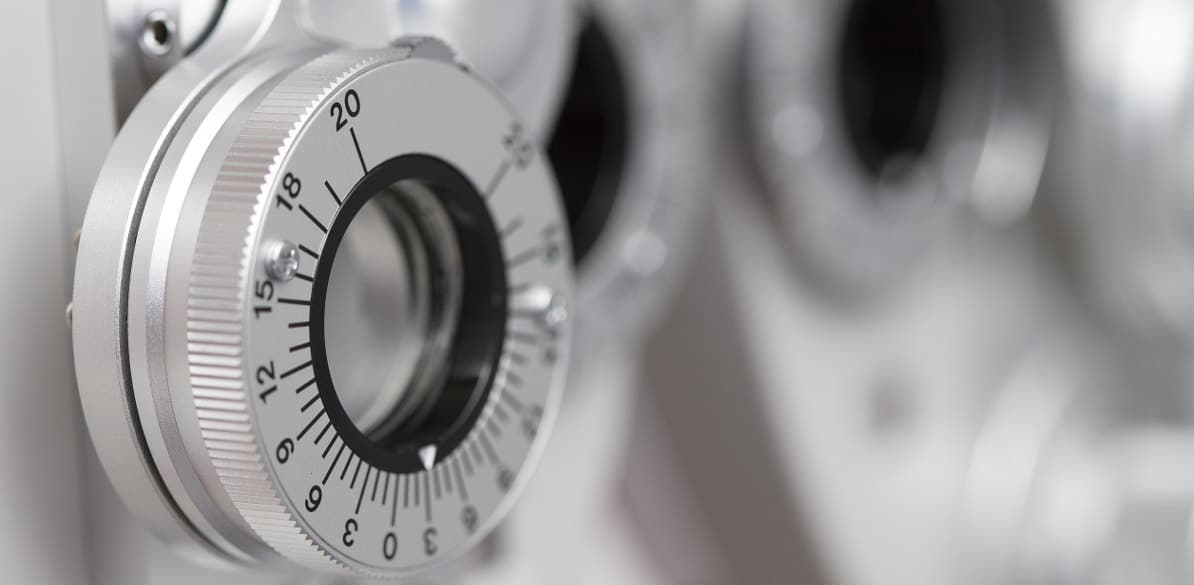Endocrine-metabolic complications in the obese driver

Obese patients often suffer non-insulin-dependent diabetes mellitus (NIDDM), osteoporosis with frequent fractures such as in the hip, increase of cholesterol, triglycerides and uric acid.
Advice with Endocrine-metabolic complications in the obese driver
- Acute episodes of gout in obese individuals are frequent and disabling for driving, until they subside with rest and antiinflammatory treatment.
- Obese patients with osteoporosis are more sensitive to apparently mild blows, that can cause in them fractures of difficult or deformed consolidation.
- Accordingly, care should be maximized when driving to prevent sudden braking, that would result in significant cervical injuries or contusions in ribs and sternum due to the safety belt.
- A properly placed headrest will prevent the risks of fractures in the neck, clavicle and shoulder. Fastening in back seats will prevent, in case of a minor braking or crash, the blows in the knees and their complications.
- Diabetes mellitus associated with severe metabolic instability requiring hospital admission prevents from driving, in addition to the symptoms of acute hypoglycemia or metabolic disorders associated with loss of consciousness.
- Diabetic patients cannot drive if his blood glucose levels are very low. The physician will inform him on recommended blood glucose limit for his specific case.
- Diabetic drivers must be aware that, if he notices a reduction in his attention, he must stop the car immediately and take carbohydrates.
- He will resume driving when he has recovered completely, and always verifying 1-2 hours later that blood glucose levels have not declined again to dangerous limits.
- Before beginning a journey, blood glucose should be always monitored, ensuring that these levels are within the limits accepted as normal for him, as reported by his physician.
- In journeys, schedules and types of food should be respected, and medication as well. It is advisable that the driver had available in the car sweets, sugar lumps, or glucose tablets.
- In journeys, they should be accompanied by people who know their disease and know how to help them if complications arise. They should stop every hour for resting.
- In journeys, they should be protected from cold and heat, and reminded that air conditioning or heating outlets directed to their feet are unfavorable.
- During the initial treatment period with insulin or oral hypoglycemiants, they cannot drive due to the risk of suffering hypoglycemia while attempting to institute an appropriate treatment regimen. The physician will inform the patient about this.
- Hypoglycemia in patients treated with sulfonylureas can relapse for several days, so drivers should be warned that, even if the symptoms respond to the intake of glucose or sucrose, they should go to the physician immediately and must not drive.
- The driver with hypoglycemia who, despite taking sugar, continues to be confused and with visual disturbances, cannot drive and should ask for help for an urgent transfer.
- It would be advisable that the physician reported in writing in every review the existing neurological injuries and their outcome, to be able to assess the capacity of the patient to drive and recommend him as appropriate.
- After the recovery from an acute episode of NKHHC, close control with insulin adjusted to diet requires a more or less prolonged period when the patient cannot drive. The physician will report on the adequate adjustment, that will allow for driving safely and without startling for hyper or hypoglycemia.
- The diabetic driver should be warned that, if he starts to notice visual disturbances, particularly blurred vision, sudden loss of vision inn one or both eyes and black spots, floating bodies, or photopsies in the visual field, the visit to the ophthalmologist should be immediate.
- The ophthalmologist, with the exact diagnosis of the problem, will prescribe the care and the treatment to cure and prevent injuries, and will report on the capacity of the patient to drive at every time.
- In general, diabetic drivers with visual disturbances should avoid driving at night, at dawn and at nightfall.
- Symptomatic neuropathy due to pain, pain, loss of sensitivity, or autonomic disorders prevents from driving until the treatment has reversed the symptoms and the physician reports that he is above to drive.
- Leg ulcers prevent from driving, as both the ulcer and the bandage applied in the area, hinder the feet movements over the pedals and the precision in the footstep. The physician should notice this to its patient.
- The loss of sensitivity in the feet can hinder the adequate support in the pedals with risk of accident. In this case it is advised against driving.
- Nevertheless, if it is confirmed that the diabetic driver has feet problems, we should inform him that there are enhanced pedals adaptable to any car, that can in many cases make up for the deficiency.
- He should be reminded not to drive barefoot, or with sandals. The footwear will be comfortable and wide, and the inside will be inspected for any object that could be harmful for the foot.
- The driver should take in a visible place inside the vehicle the medical report of his disease and treatment, so that in the event of accident he can be identified and adequately managed.
- The benefit obtained from the weight loss in diabetics from obesity in both health and driving is clear.
